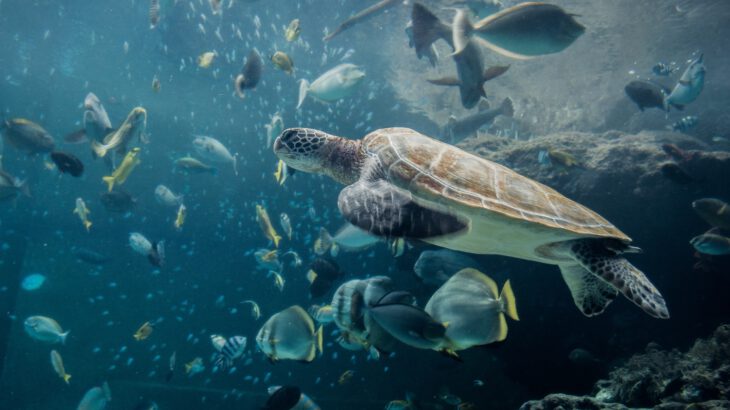Green Calendar- April: Part 1
Welcome to April, aka Earth Month! In addition to being an entire month dedicated to our home planet, there are many environmental awareness days nestled in between the lengthening days and the coming spring. In this post, we will be exploring a few of these days. So, grab your calendar and hop aboard!

3 April – World Aquatic Animal Day
World Aquatic Animal Day is one of the newer awareness days on the roster, having been launched for the first time in 2020. It strives to raise global awareness about aquatic animals. And that’s not just fish, but also aquatic mammals, crustaceans (crabs, lobsters, shrimp, krill, barnacles, and the like), reptiles, molluscs (for example, octopuses – sorry folks, but ‘octopi’ isn’t the right plural), birds, insects, and even corals. Basically, an aquatic animal is any animal – vertebrate or invertebrate – that lives in water for all or most of its lifetime.
Aquatic animals are threatened by a variety of human activities – overfishing, destructive fishing, entanglement in fishing gear (this nearly killed the vaquita, and by ‘killed’ I mean ‘drove the entire species to extinction), marine pollution (including ocean noise. Yes, you read that right. The noise caused by shipping, seismic exploration by the oil and gas industry, and military sonar is extremely disruptive for organisms like whales and dolphins who hunt and communicate using sound. It can prevent these animals from finding food, meeting mates, and even detecting predators, ultimately threatening their very survival.), hunting, and ship strikes (even whales cannot survive collisions with massive container ships). And of course, our worst foe, climate change.
Oceans are a big carbon and heat sink; they absorb 23% of human-caused CO2 emissions and 90% of the excess heat due to these emissions. The corresponding ocean acidification is dissolving the shells of oysters, shrimp, and lobsters, while the warmer water is making corals expel the algae, zooxanthellae, living in their tissues, causing the corals to turn white. According to the National Oceanic and Atmospheric Association, between 2014 and 2017, around 75% of the world’s tropical coral reefs experienced heat stress severe enough to trigger bleaching. 30% died.
Yet, there is still hope on the horizon. The recently agreed upon High Seas Treaty, or BBNJ Treaty, pledges to protect 30% of the ocean by 2030. (Less than 3% is protected today.) All that is left is for the member governments to formally ratify the Treaty and act upon it.
What can I do?
· Educate yourself. Take time to research and better understand aquatic animals in their natural habitat. Learn more about the threats they face, and what can be done to mitigate harmful consequences.
· Recycle your plastics and dispose of waste properly! Every individual has a role in ensuring fewer microplastics make it up aquatic ecosystems.
· Refrain from eating aquatic animals; try plant-based alternatives instead.
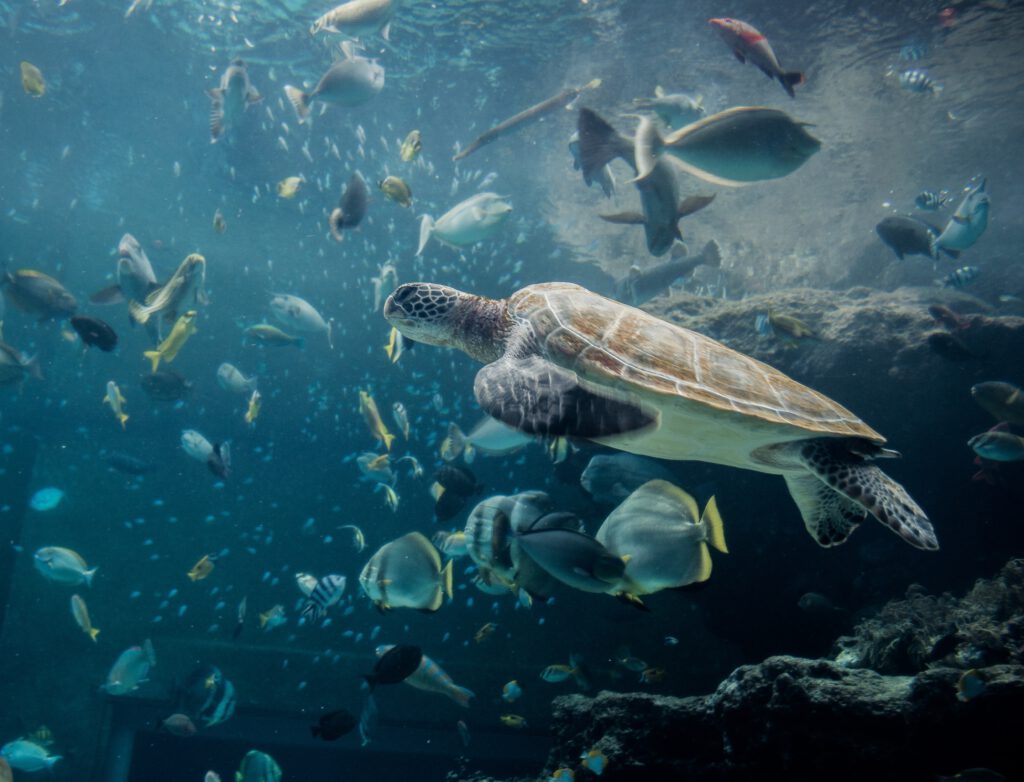
4 April – World Rat Day
World Rat Day was started in 2002 by a group of pet enthusiasts to create acceptance for this often-despised mammal. Rats are usually portrayed as conniving, sinister, and villainous in different cultures, yet they are actually quite fascinating animals.
Contrary to popular belief, they are very clean animals and hate getting dirty. Rats will groom themselves regularly for a few hours a day – that’s even more frequent than cats do! They are also excellent climbers, jumpers, and swimmers. They can swim for up to three days at a time! Certain rats are also able to jump up 77 cm and across 120 cm! Isn’t that incredible?! (Or terrifying if you have musophobia, i.e., fear of rats and mice.) Rats are also quite intelligent and have great memories.
What can I do?
· If you have a pet rat, this is their day! Shower them with love and tasty treats.
· Share rat videos amongst friends. These are not just informative, but also fun and (arguably) cute.
· Find a friend who is a rat lover.
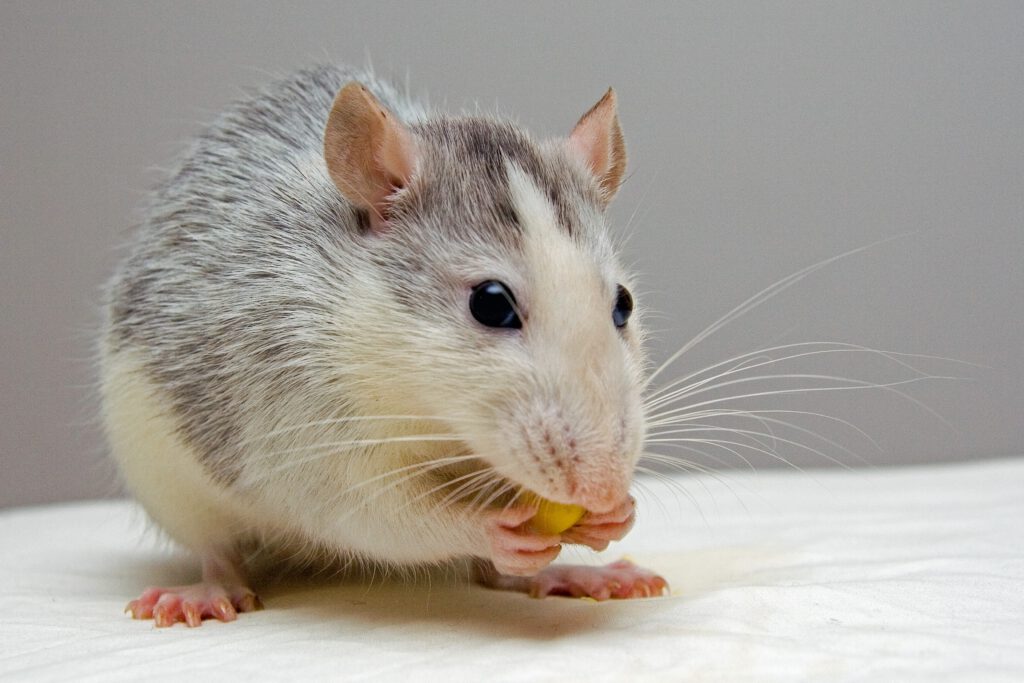
4 April – World Stray Animal Day
Not only rats but also stray animals have their day on April 4. The day was launched in 2010 when over 100 Dutch organizations convened at the Dutch National Stray Animals Conference. April 4 was selected as it comes exactly six months after World Animal Day (October 4).
Now, the Netherlands is officially the first country without stray dogs! This is at a time when there are 200 million stray dogs worldwide. How was the Netherlands successful? During the 19th-century rabies outbreak, dog owners around the country started abandoning their dogs (which was legal at the time). Unsurprisingly, the streets were soon filled with stray dogs.
To solve this problem, mandatory spays and neuters were started, all of it financed by the government. Each and every dog got free medical exams and vaccinations when needed. After the success of these measures, a new law was passed to provide pets with adequate treatment and to eliminate abuse. If owners didn’t abide, they could be punished with up to 3 years in prison and a fine higher than € 10,000.
What can I do?
· Donate to an animal shelter. Shelters often post a wish list of items that are needed. Make a donation of blankets, toys, cleaning supplies, and so on, and make the life of an animal easier. If you want to be more involved, volunteer!
· Adopt a stray. If you plan to welcome a cat or dog into your family and are ready for the responsibility, choose to adopt from a shelter or rescue organization.
· If you are unable to adopt, but still want to help, consider fostering an animal in need.
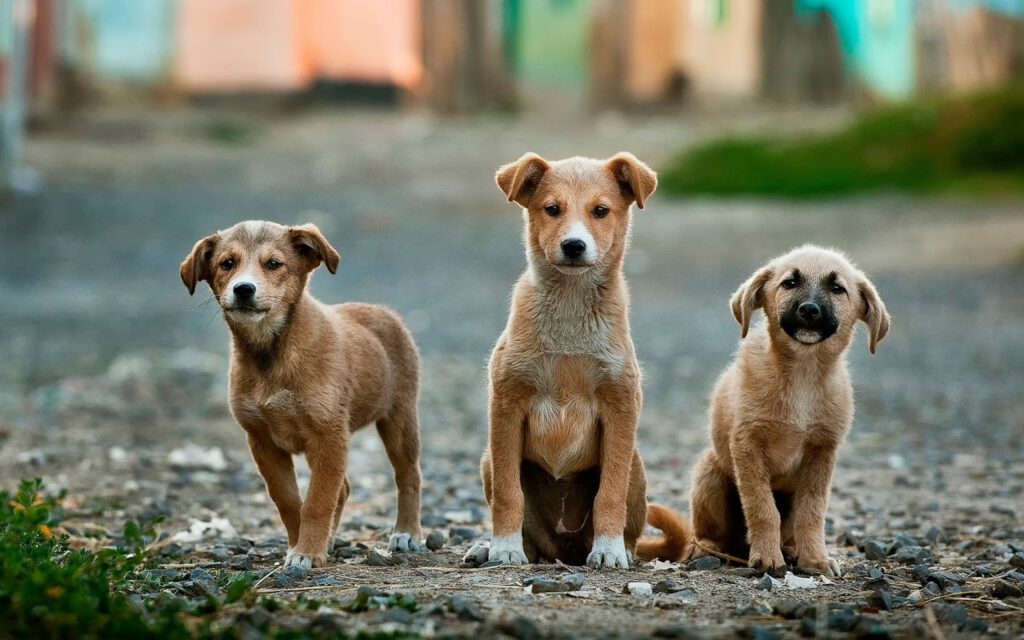
7 April – International Beaver Day
April appears to be a month filled with animal days, and on the 7th it’s beavers who get their turn. Beavers are large, semiaquatic rodents. That’s right – they belong to the same order as rats.
They have stout bodies with large heads, long chisel-like incisors, brown or gray fur, hand-like front feet, webbed back feet, and flat, scaly tails. They call freshwater habitats such as rivers, streams, lakes, and ponds their home. Furthermore, they are herbivores feeding on tree bark, aquatic plants, grasses, and sedges (a type of monocotyledonous flowering plants).
Perhaps what beavers are most well-known for is building dams. These dams are built with tree branches, vegetation, rocks, and mud to restrict water flow. In addition, beavers also build lodges to function as shelters. This infrastructure creates wetlands used by many other species. Thus, beavers are considered keystone species (a fancy term for a species that has a disproportionately large effect on its natural environment relative to its abundance).
A few centuries back, beavers were hunted for their fur, meat, and castoreum, a liquid substance (excreted through their urethra-based castor sacs) which we humans decided to use in medicine, perfume, and food flavouring. Beavers were over hunted to the point that they were nearly driven to extinction. Fortunately, environmental protections put in place around the end of the 19th and beginning of the 20th centuries managed to curtail the problem. Ever since, beaver populations have rebounded, and the two extant beaver species are now of ‘least concern’ according to the IUCN Red List.
What can I do?
· Hike down Millingerwaard and observe beavers in their natural habitat. (At the same time, be sure to minimize human impact.)
· Get educated about beavers, and (you know the drill) spread awareness!
· Become a member of Beavers: Wetlands & Wildlife, an educational non-profit that helps people coexist with these wonderful animal engineers.
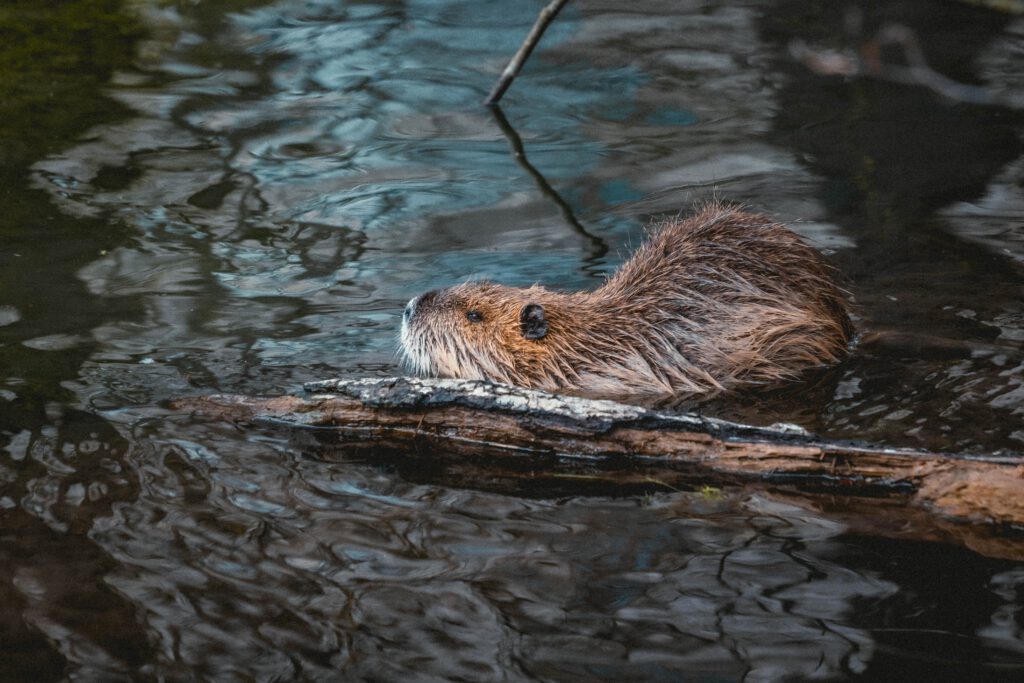
Written by: Shirsho Roy Chowdhury
